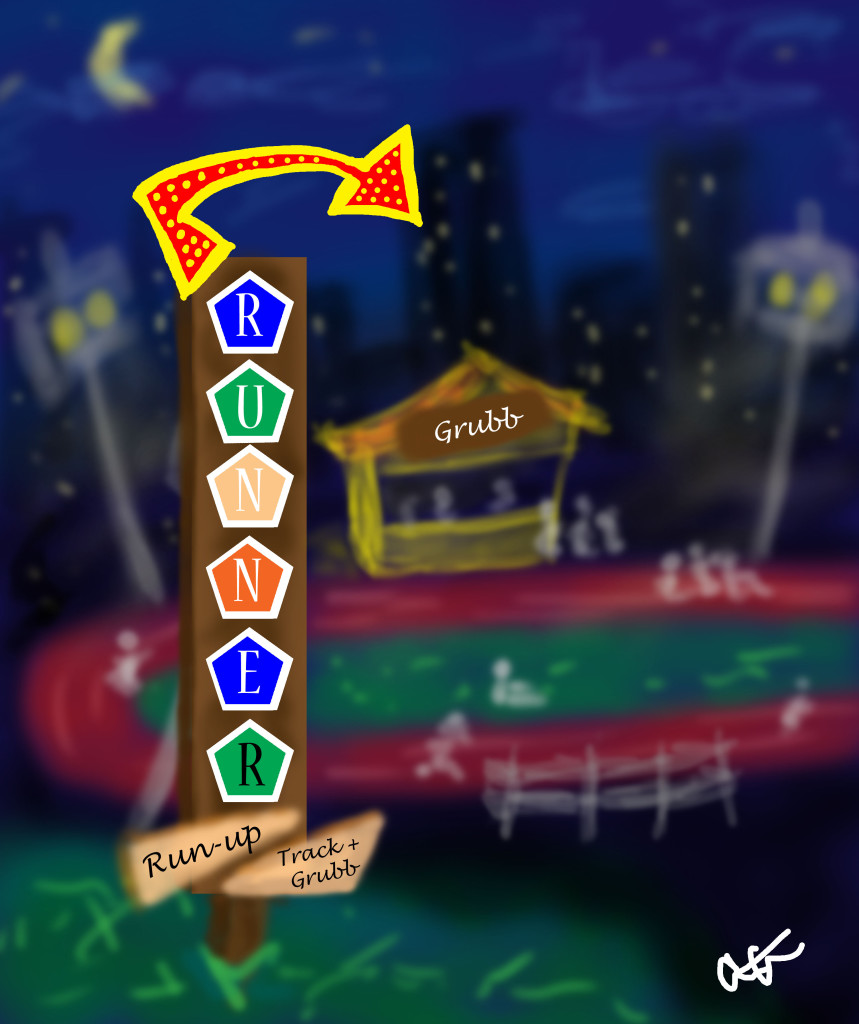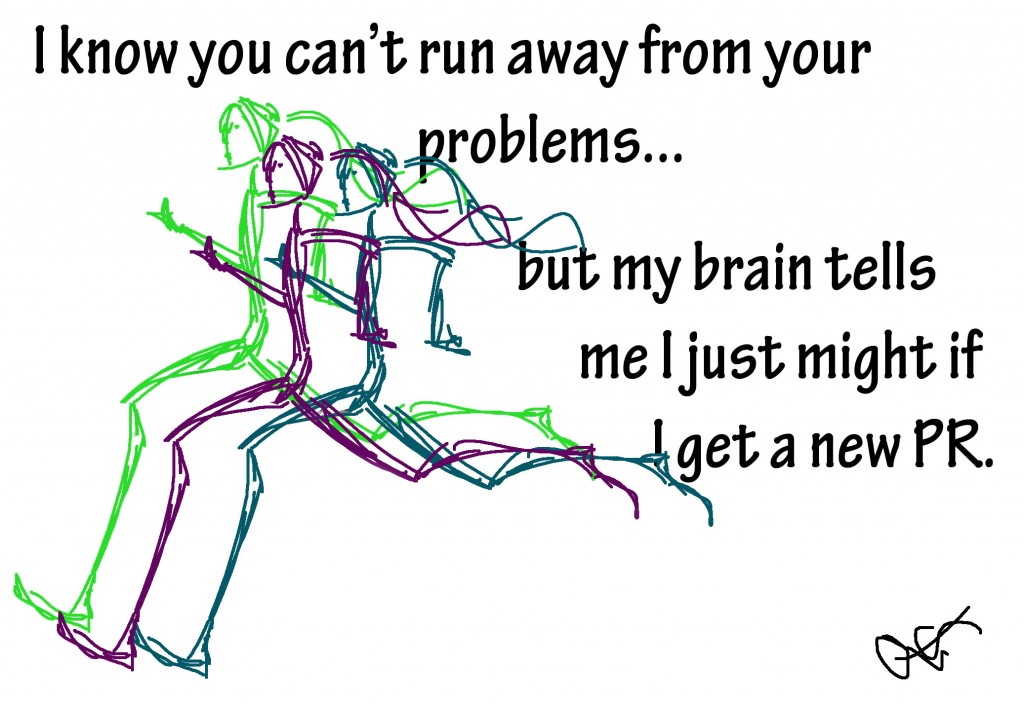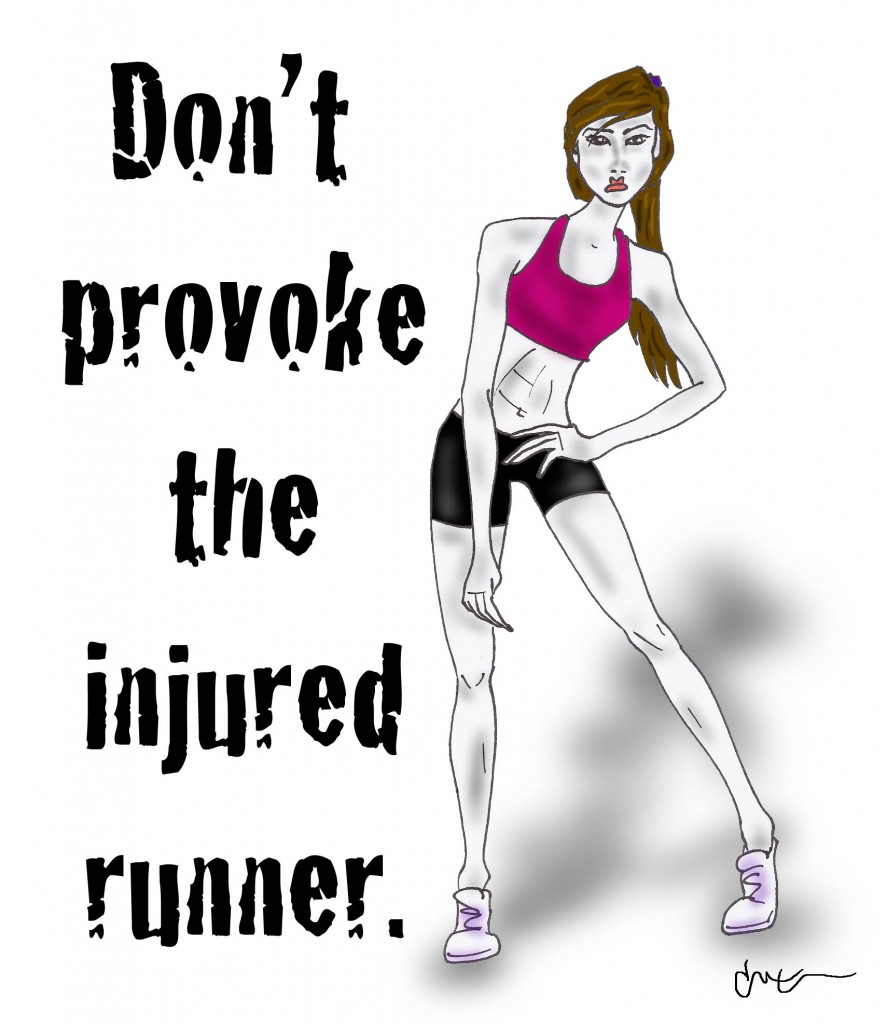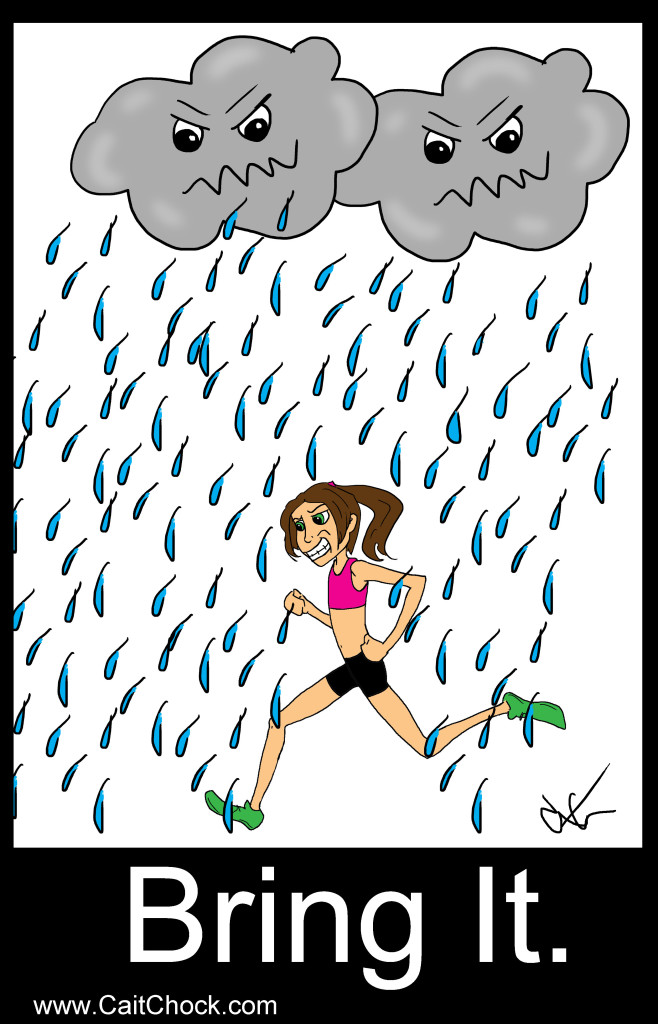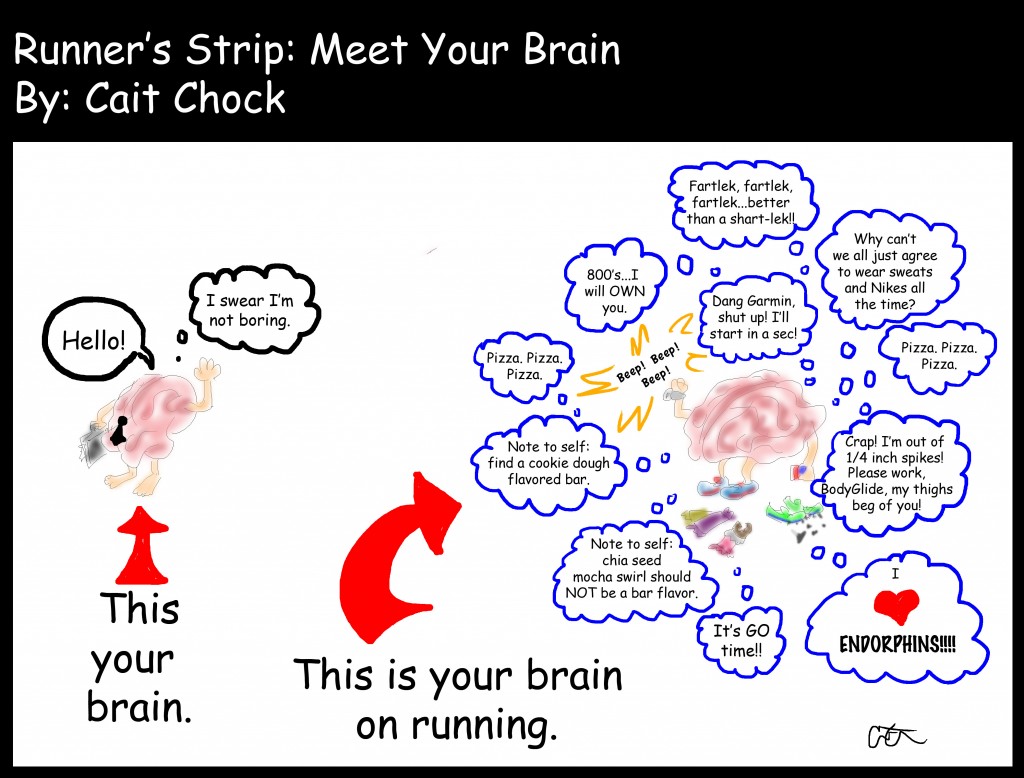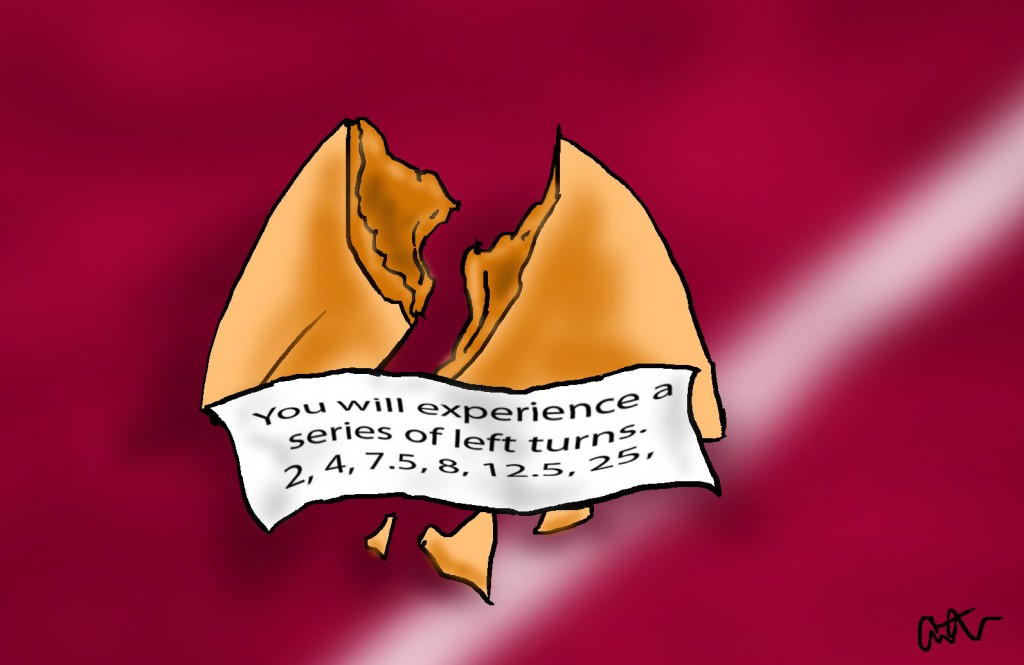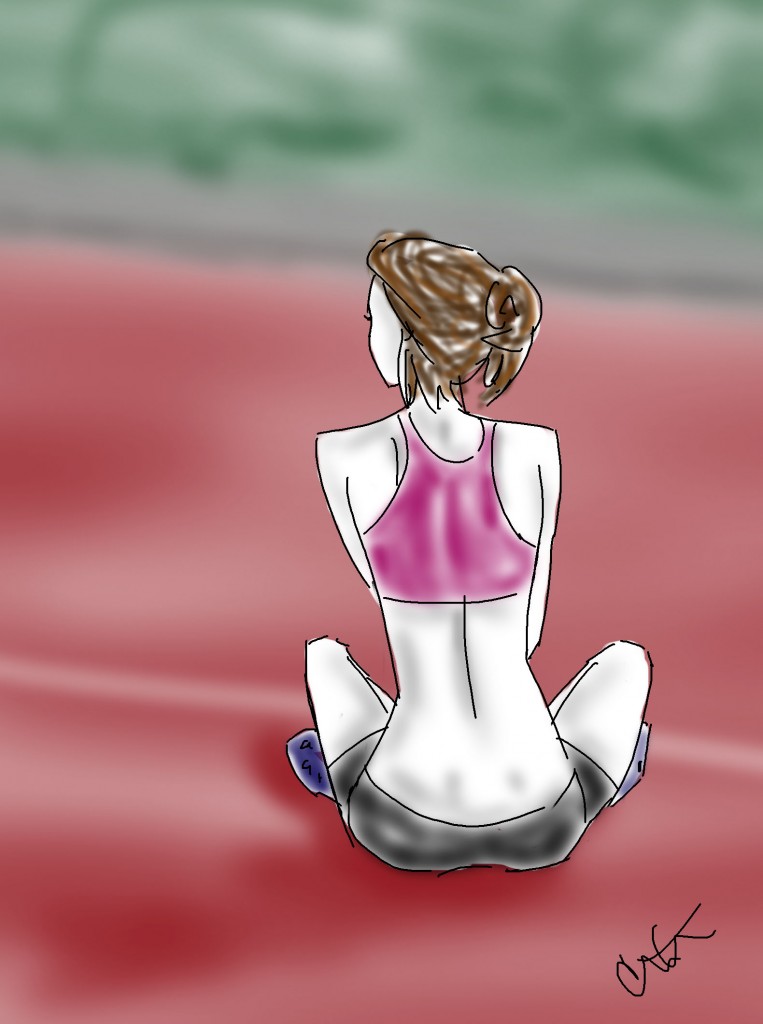“If you’ve got an issue, here’s a tissue.” Certainly that fits with the ‘runner mentality’ for many things. Intervals hurt, well, they’re going to hurt until we finish all the repeats.
Long runs are…long. Yup, that’s how it goes. Just keep telling yourself to make it one more mile, one more mile, etc…until your done!
Then the legs start having their issues. They’ll start begging for their own tissues. The way to stave off some total toddler-level tantrums from the legs are to supply them their tissues on a consistent basis BEFORE their demands are too high.

Runner bones are just, well, better bones. 😉
* Tissue 1: Warming the heck up. Don’t go into a workout with ‘cold’ legs. Don’t immediately blast like a bat out of he**, your legs like a little warning. “We’re going to workout now”…gradually lower into the pace and you’ll feel better, wind up running faster, and avoid the lactic acid booty-lock shuffle home.
* Tissue 2: Stretching. Yea, stretching is NEVER as much fun as running but if you want to run better you need to be loose. You’ve got to have the flexibility to open up your stride, you want as much range of motion as possible. So suck it up, get your stretching and yoga time in, your legs will thank you with faster times AND less injuries.
* Tissue 3: Massage. Look, I’ll be honest and say I’m as not-rich as the next person, so I self-massage regularly but I’m ALSO re-learning how imperative it is to see a professional massage therapist when I can. Running is pretty abusive on the body and to un-do some of that damage you need that massage work. Look at it as an investment in YOURSELF. Namely your sanity (my sanity hinges upon my endorphin fix) because the longer you run the more important it is to get that tissue work. Well, that is if you’d like to keep running for the rest of your life. [Side-note, I’ll be doing another post on this later but my massage therapist of choice is Al Kupczak in Boulder, CO…Boulder Body Therapy. He’s a massage GOD. Works on Olympians and us mortal runners alike.]
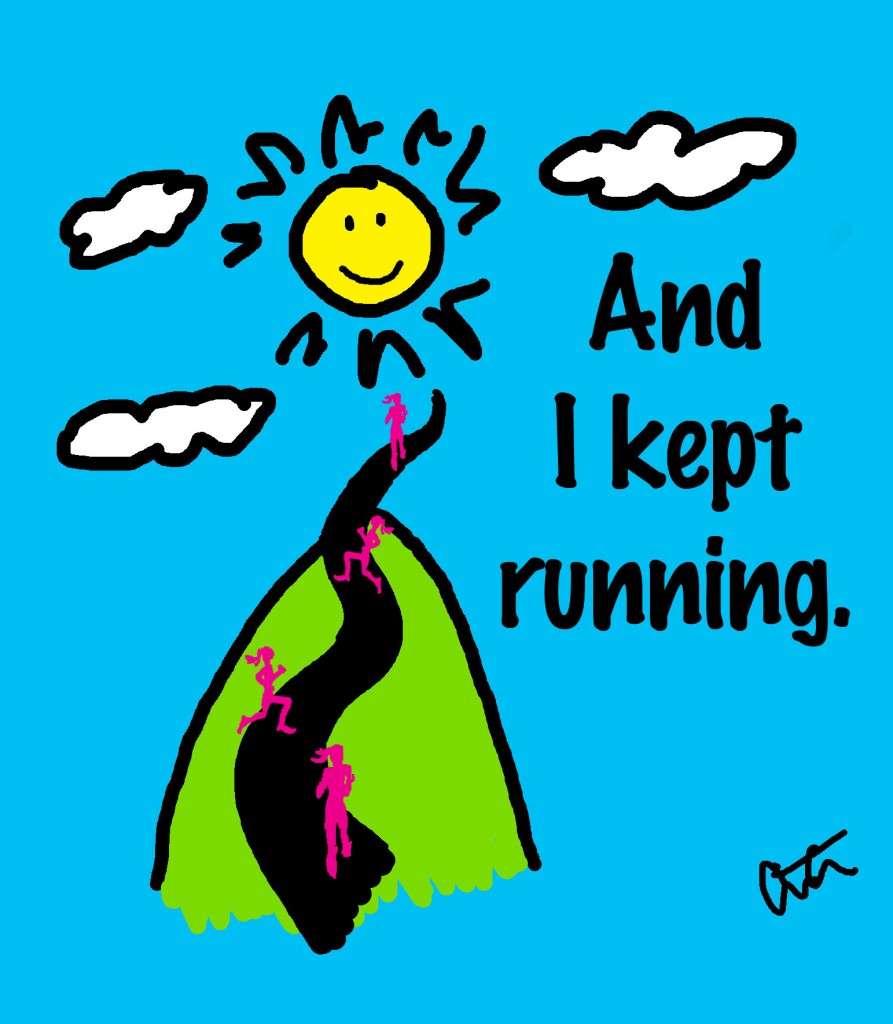
* Tissue 4: Proper pacing. I guess this more fittingly could be said as separating your easy and hard days. Run your easy days EASY. Scr*w the pace and run for effort, whatever effort that allows you to recover. Then, come your hard days you’ll have the bounce to go fast. Also recognize the difference between a workout and a race. Come race day you want to elevate to that next level, that’s tough to do if you’re redlining ever.single.hard.workout. Got it? Well, race day is also boosted by the mental energy and excitement, but still, don’t race all of your workouts, People, mmmmk?
* Tissue 5: Refuel. Said it zillions of times…hit that 30 minute post-workout recovery window. Get 20-25 grams of protein and some carbs into your system to jumpstart muscle recovery, repair, and regrowth. That way your legs will come back feeling better and stronger for your next run, your next workout, your next race.
The body of a runner is constantly crying and complaining. What a pain the butt, right? 😉 Thankfully we’re mentally tough BUT we’ve also got to be smart enough to give our complaining legs and muscles their pre-emptive tissues to at least limit their tantrums.
—–
Running ‘tough’ is a yin-yang sort of thing, my last post is all about how being ‘tough’ isn’t always about running through the pain or pushing. Being smart and all that.
—–
1) Do you have a tissue to add?
2) How often do you see a professional massage therapist?
GO VISIT AL! 😉
3) How good are you at hitting the 30 minute refuel window?



